The Chicago Student Invention Convention is an initiative meant to close opportunity gaps in science, technology, engineering and math education between wealthy and disadvantaged students. Allison James, program manager for CSIC, is dedicated to giving as many students as possible access to STEM education.
James talks about the program, the impact it has on city youth and how she is heading the initiative:
How would you describe CSIC?
It’s a free, K-8 invention education curriculum that serves schools both during and after school, libraries and youth centers across the city and in other counties. Students in the program build prototypes of inventions to solve problems that they care about. It’s a great vehicle for them to engage in STEM even if they don’t consider themselves as STEM learners. Our program has a convention where they can compete and attend a national competition as well.
Why is this program important?
It fills a need. Programs that are geared towards STEM education and supporting STEM initiatives are usually for high schoolers. K-8 is a forgotten space. I think it’s really important to fill opportunity gaps. Not only the age group is forgotten, but also girls, students of different levels of socioeconomic status and kids on free or reduced lunch. They aren’t always able to access all of the resources that other students are.
What are the main responsibilities of your job?
I have a lot of different hats. My responsibility is program development, and my responsibilities on a day-to-day level inovlve program implementation. Like any academic program, it goes through phases. Depending on what phase we’re in, implementation can look like recruitment and onboarding, training, professional development or ongoing support. I work on growth and creative dreaming of what else the program could offer. We also do assessments that collect data on who we’re impacting and how, as well as how we can do that in a way that’s tuned more to students’ needs.
What is the goal for CSIC’s future?
I would like to increase the value that we bring to teachers and students, which is a goal that I’ve taken on since day one, really. I’d also like to do more work in formal research and communication.
How did you get involved with CSIC?
I’m a trained teacher, but I didn’t want to go into the classroom at the end. That was really surprising to me. I had invested all that time and money. But, sometimes you do things and you find out about other parts of yourself that you weren’t expecting. In the course of doing something you thought was a linear path, you find a branching path. So, that’s why I applied, and that’s why I love it—because it combines a lot of the things I love. It pushes me to learn new things, and it makes an impact on people’s futures.

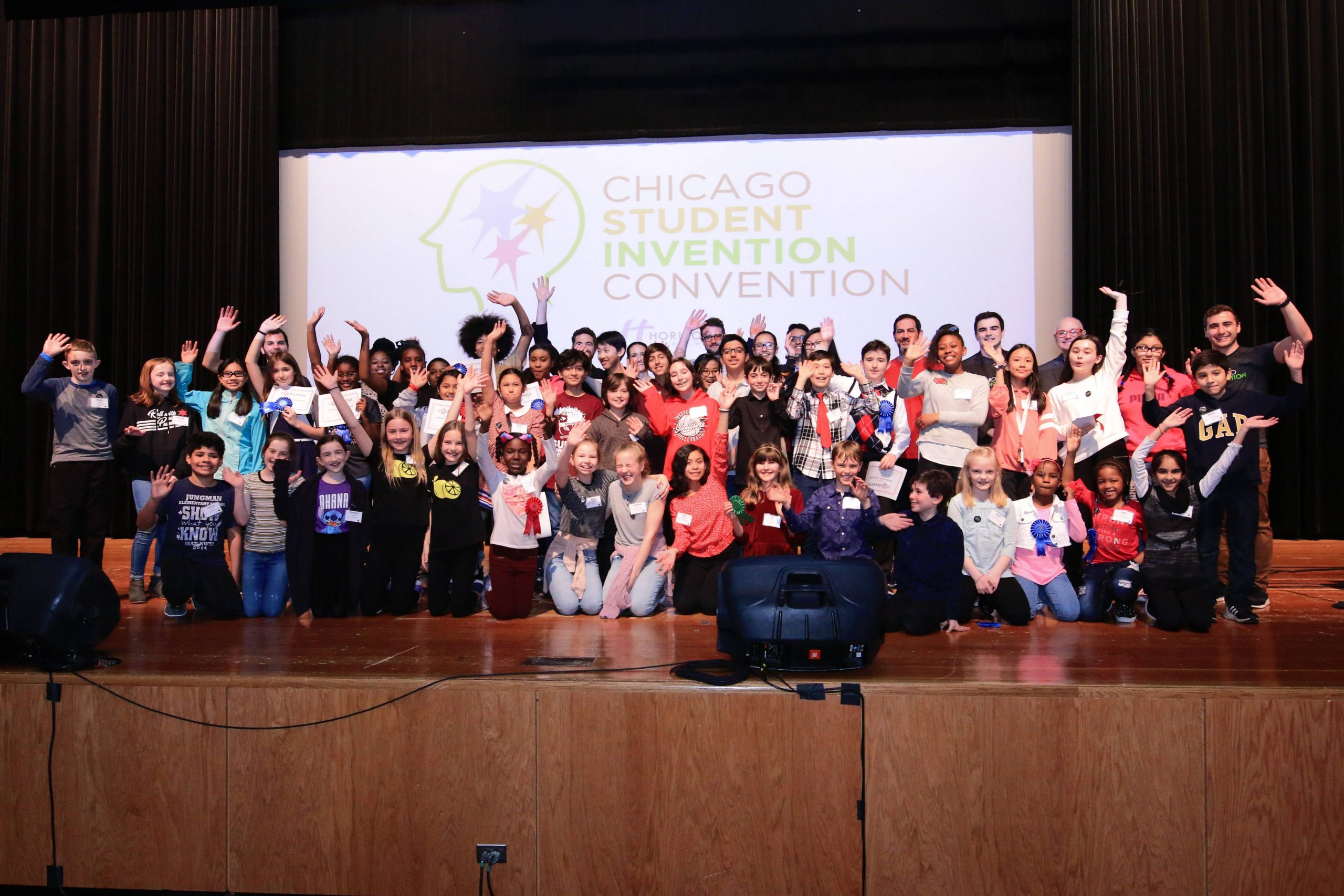
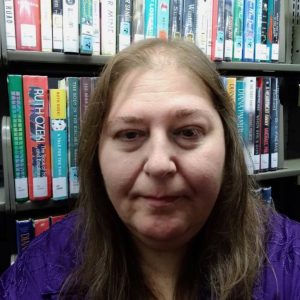
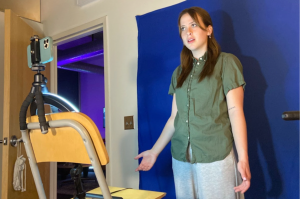
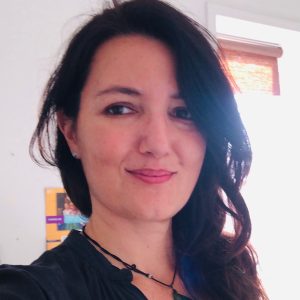
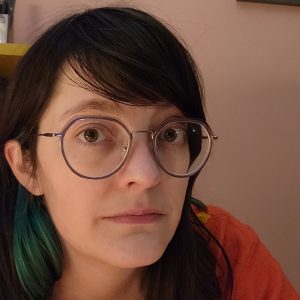









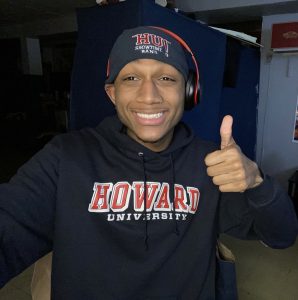

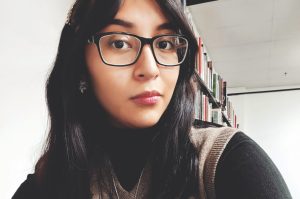

Be First to Comment